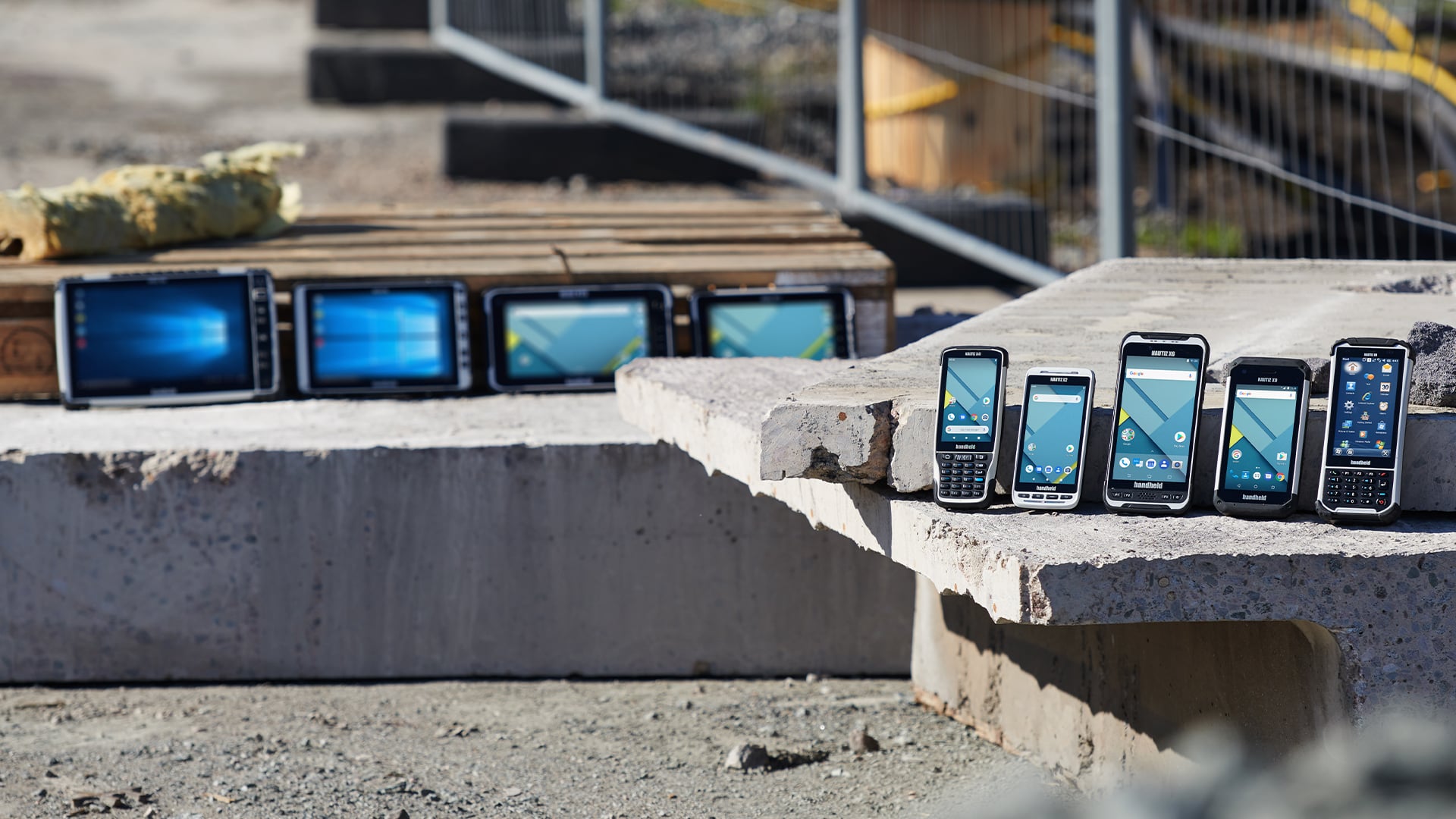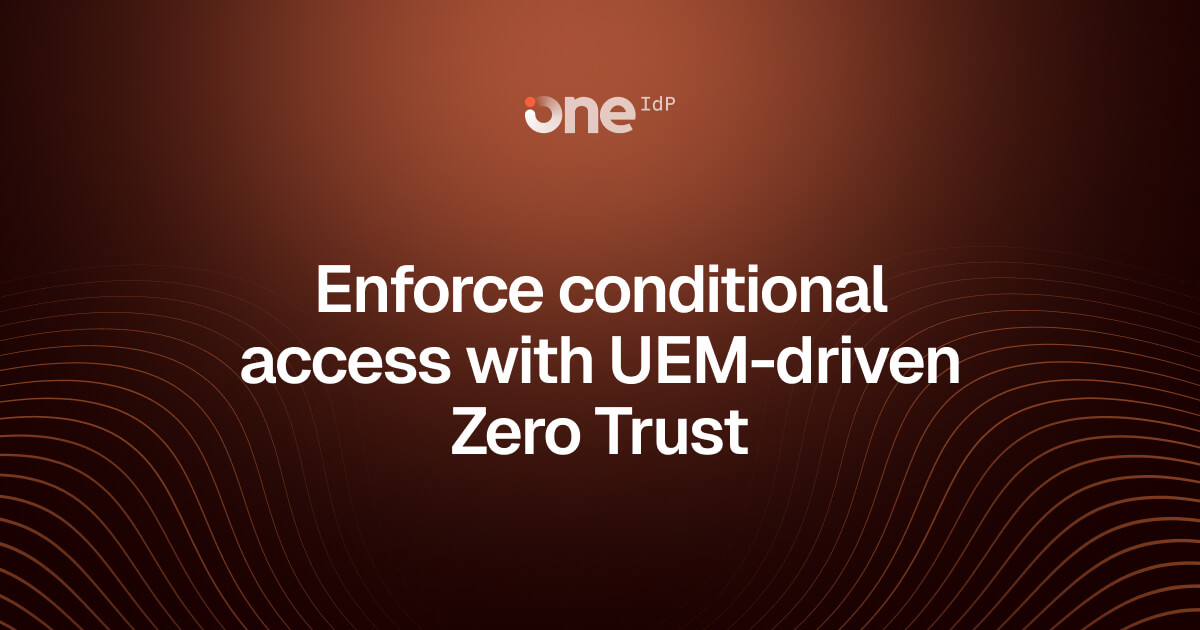Built to Last, Managed to Perform: Rethinking Rugged Device Management in 2025

Strong 8k brings an ultra-HD IPTV experience to your living room and your pocket.
Walk into a warehouse, step onto a construction site, or peek inside a utility truck—and chances are, you won’t see delicate laptops or glassy smartphones. You’ll see rugged devices: thick frames, reinforced corners, and screens that don’t blink twice at a drop or splash. But behind every durable shell is a growing reality—rugged devices might be built for impact, but they still need intelligent management.
Because what’s the point of a device surviving the field, if it can’t survive IT?
In 2025, rugged device management isn’t just about keeping hardware intact—it’s about keeping operations fast, secure, and scalable. It’s about solving for the edge without losing sight of the core. And it’s about giving frontline teams the tools they need, without giving IT teams a daily headache.
Let’s talk about where rugged mobility is going—and what great management actually looks like.
Rugged Devices: No Longer Niche, No Longer Optional
Once the domain of military units and remote oil rigs, rugged devices have become essential tools across industries:
- Retail & logistics rely on rugged handhelds for barcode scanning, delivery tracking, and mobile payments.
- Manufacturing plants equip teams with industrial tablets to run diagnostics, monitor machinery, and access blueprints.
- Utilities and field services depend on mobile computers for scheduling, route optimization, and real-time data collection—even in extreme conditions.
These aren’t just “tough tablets”—they’re mission-critical endpoints. And that’s exactly why businesses can’t afford to leave them unmanaged.
The Challenge: More Rugged Devices, More Moving Parts
Modern rugged deployments are no longer one-size-fits-all. Companies may run multiple brands and OS types, from Android-powered Zebra scanners to Windows-based vehicle-mount tablets and Linux-enabled sensors.
And here’s where the real challenge begins:
- Different devices come with different capabilities.
- Updates and patches don’t roll out uniformly.
- Employees may move across sites or shift roles.
- A lost device in the field can mean more than lost hardware—it’s lost data, downtime, and potentially a breach.
Traditional MDM tools often fall short in these environments. They’re not built for poor connectivity. They can’t handle rugged-specific features. And they rarely offer the granularity that frontline teams demand.
So, What Does Rugged Device Management Really Require in 2025?
It needs more than dashboards and device inventory lists. It needs precision. Flexibility. And a whole lot of field empathy.
Here’s what top-tier rugged device management looks like now:
1. Zero-Touch Deployment, Even at the Edge
When your devices are headed to a mining site or a delivery depot, manual provisioning isn’t just inefficient—it’s risky. Imagine 500 devices needing the same setup, apps, and policies… and no on-site IT support.
Look for solutions that support:
- Android Zero-Touch Enrollment
- Samsung Knox Mobile Enrollment (KME)
- QR code and email-based onboarding
- Pre-loaded provisioning via OEMConfig
Because whether your devices are shipping across town or across oceans, they should be work-ready out of the box.
2. Remote Troubleshooting That’s Actually Useful
You can’t always send IT into the field. But you can bring field visibility back to IT.
Modern rugged device management should enable:
- Remote screen viewing and control
- Terminal logs and performance snapshots
- Automated issue reporting
- Remote actions like reboot, wipe, and app reinstallation
It’s not just support—it’s control without chaos.
3. OS & Firmware Updates Without Manual Mess
You don’t need to schedule overnight update sessions or wait for downtime windows. Enterprise-grade management tools now allow:
- Scheduled OS version rollouts
- Security patch deployment by location or group
- Firmware management through integrations with OEMs like Zebra and Honeywell
- Update compliance tracking across all devices
Think of it as LifeGuard for your field force—with no field trips needed.
4. Context-Aware Policy Enforcement
A device in a secure warehouse shouldn’t follow the same rules as one in a customer’s home. Context-aware policy management makes rugged devices smarter, and safer.
Look for the ability to configure:
- Network-based access rules
- Geo-fencing and location-triggered profiles
- Time-based policy switches (e.g., night shifts vs. day ops)
- User-level role-based access control
Because “rugged” should never mean “rigid.”
5. App Management That Works in Intermittent Networks
Not all frontline environments offer stable internet. In fact, many operate in low-bandwidth or no-bandwidth zones.
That’s why rugged device management platforms must support:
- Silent app installation and updates
- Pre-approved enterprise app stores
- Offline app policies and cache rules
- Rollback options in case of failures
Field teams shouldn’t have to wait for connectivity to stay productive.
Leading OEMs, Meet Modern Management
Some of the most trusted rugged device brands continue to dominate enterprise fleets in 2025. But regardless of the brand, what matters is what happens after deployment.
Here’s how modern management complements each:
Zebra Technologies
Known for their Android-based handhelds and scanners, Zebra devices are industry staples.
🔹 Works best with LifeGuard OTA for extended OS patching
🔹 Supports OEMConfig for deep-level control
🔹 Often paired with apps like DataWedge for scanning optimization
Great management tools ensure Zebra’s durability meets real-time control, compliance, and productivity.
Honeywell
With a robust portfolio of Android mobile computers and industrial tablets, Honeywell devices are built for field use.
🔹 Strong barcode scanning and warehouse performance
🔹 Compatible with Honeywell Enterprise Provisioner
🔹 Can integrate security updates via OEMConfig
Managing Honeywell devices well means controlling edge apps and updates just as confidently as any central dashboard.
Datalogic, Janam, Kyocera & Beyond
From Datalogic’s scanning precision to Janam’s field efficiency and Kyocera’s enterprise smartphones, these brands are making rugged smart.
🔹 Most run Android OS and support EMM frameworks
🔹 Enable advanced security policies via API or OEMConfig
🔹 Can be integrated with UEM solutions for unified visibility
Smart management bridges the gap between rugged hardware and real-world business needs.
Scalefusion: Managing Rugged Devices Without Managing Headaches
Not every management platform is built with rugged in mind. Scalefusion is.
With native support for Android (including rugged), Windows, iOS, and Linux—and deep integrations with OEMs like Zebra, Honeywell, Datalogic, and Janam—Scalefusion simplifies what used to be complex.
You get:
- Zero-touch deployment, even across remote warehouses
- OEMConfig-ready controls for rugged-specific features
- Remote troubleshooting tools made for low-connectivity environments
- App, patch, and security management in one console
- Context-aware policies that adapt by role, location, and network
And yes—if you’re scaling across thousands of devices in manufacturing, logistics, utilities, or public safety—Scalefusion’s got you covered.
Rugged Might Be the Hardware. But Management Is the Backbone.
You can’t afford to treat rugged devices like afterthoughts.
Not in 2025. Not when they’re powering deliveries, inspecting assets, logging service records, and guiding safety-critical tasks.
Rugged devices deserve the same intelligent, agile, and secure management as any enterprise endpoint—maybe even more so.
And the right management platform? That’s what transforms a rugged deployment from just operational… to exceptional.
Note: IndiBlogHub features both user-submitted and editorial content. We do not verify third-party contributions. Read our Disclaimer and Privacy Policyfor details.







